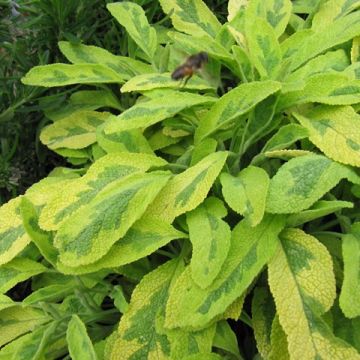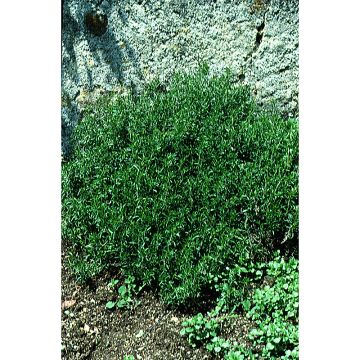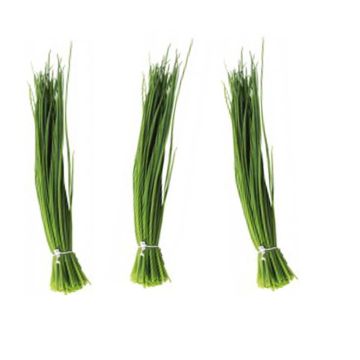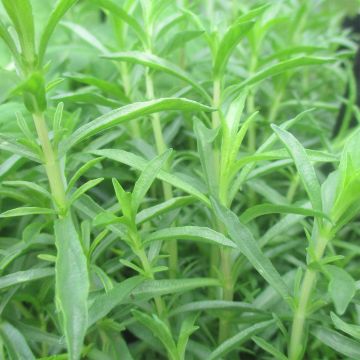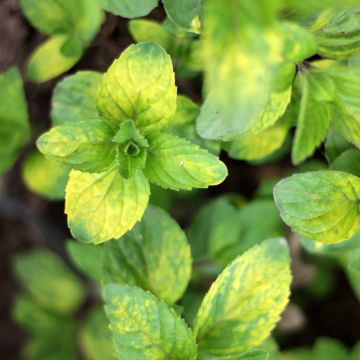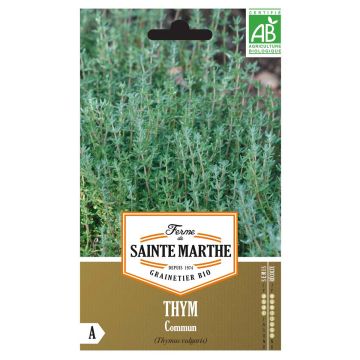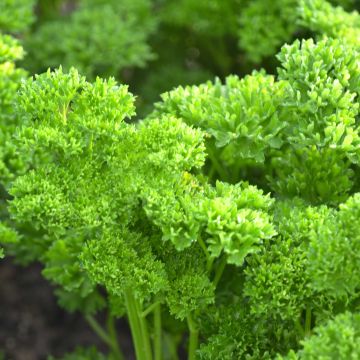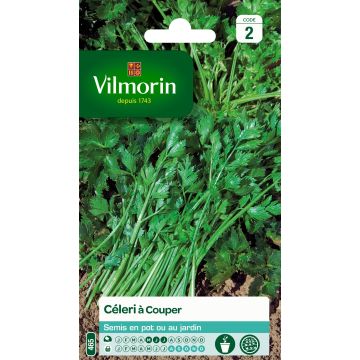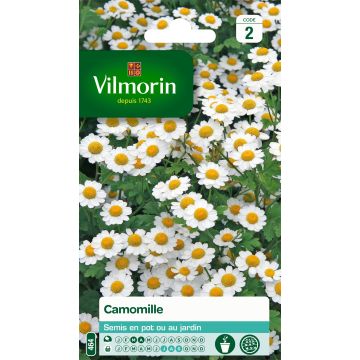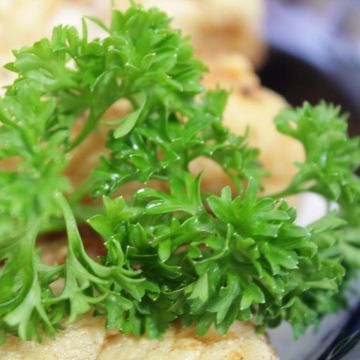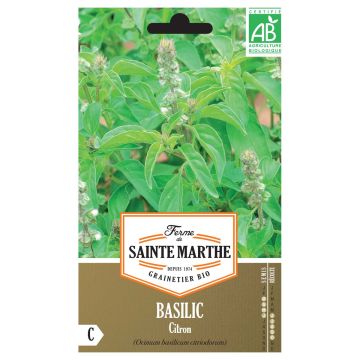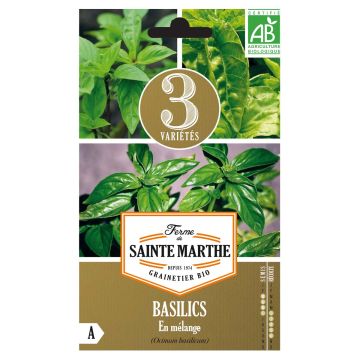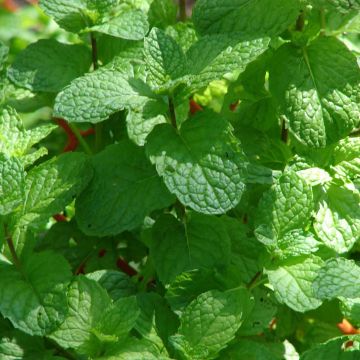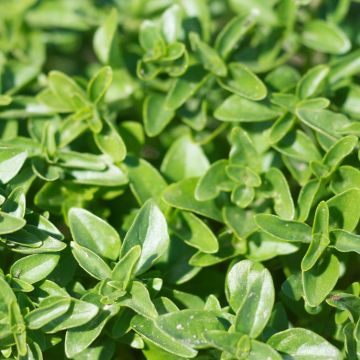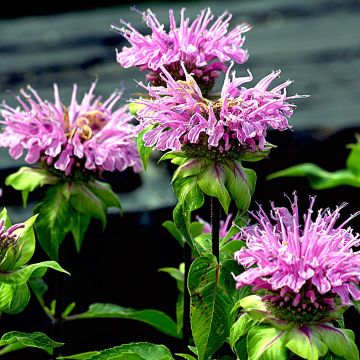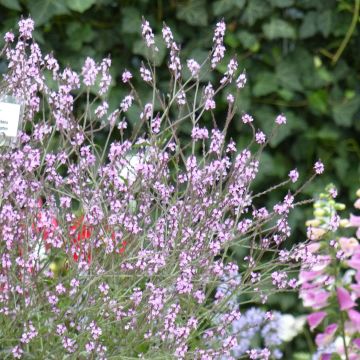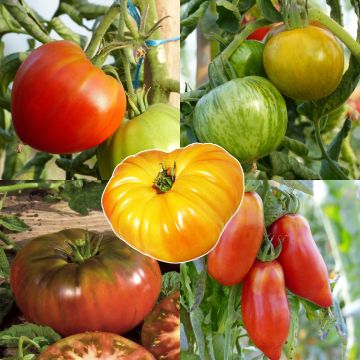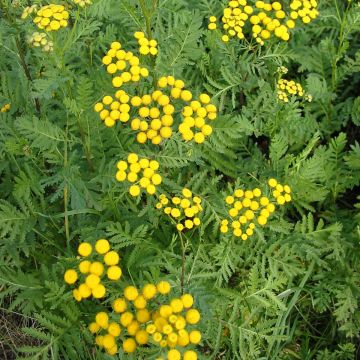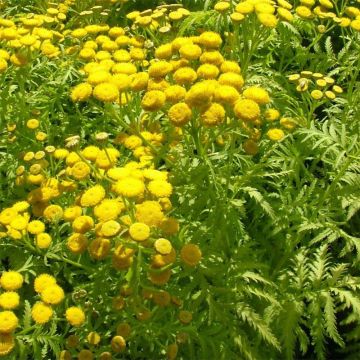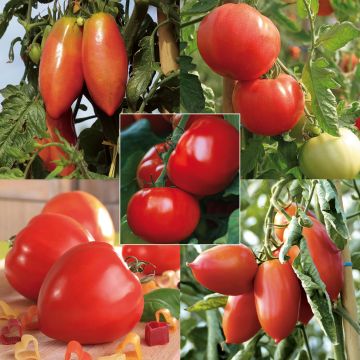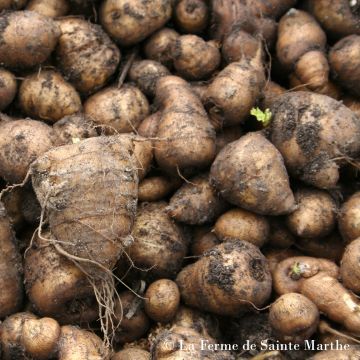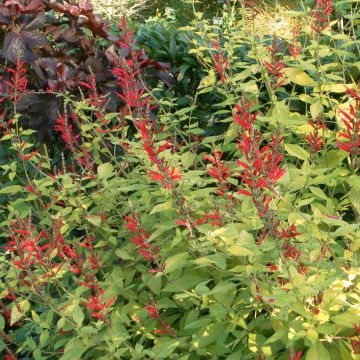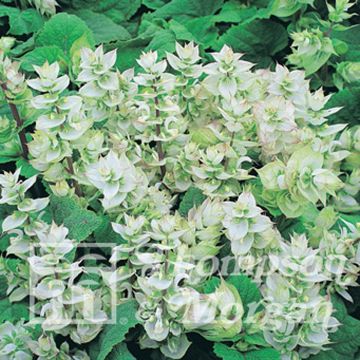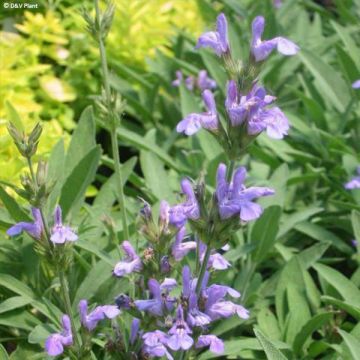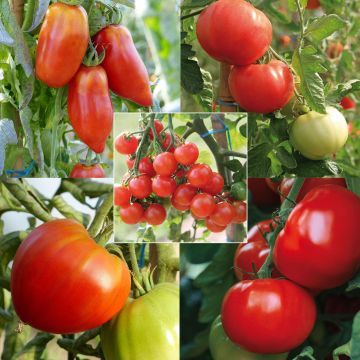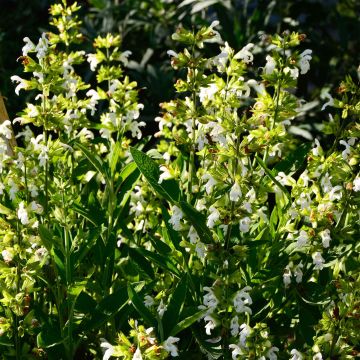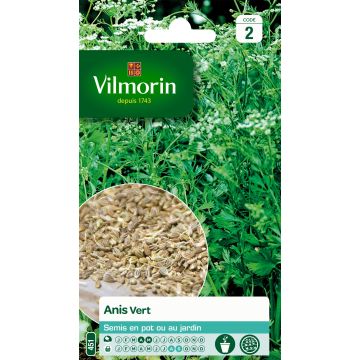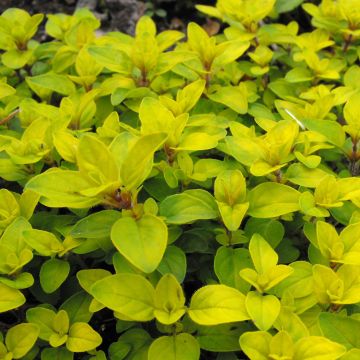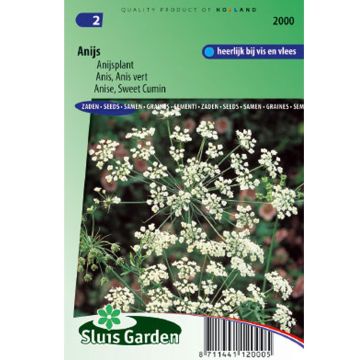Plantfit
Log in / Register
Existing customer?
New customer?
Create an account to track your orders, access our customer service and, if you wish, make the most of our upcoming offers.
My Account
Hello
Shipping country and language
Your country of residence may be:
For a better user experience on our website, you can select:
Your shipping country:
Andorra
Austria
Belgium
Bulgaria
Croatia
Czechia
Denmark
Estonia
Finland
France
Germany
Greece
Hungary
Iceland
Ireland
Italy
Latvia
Lithuania
Luxembourg
Monaco
Netherlands
Poland
Portugal
Romania
Slovakia
Slovenia
Spain
Sweden
Switzerland
Language:
French
English
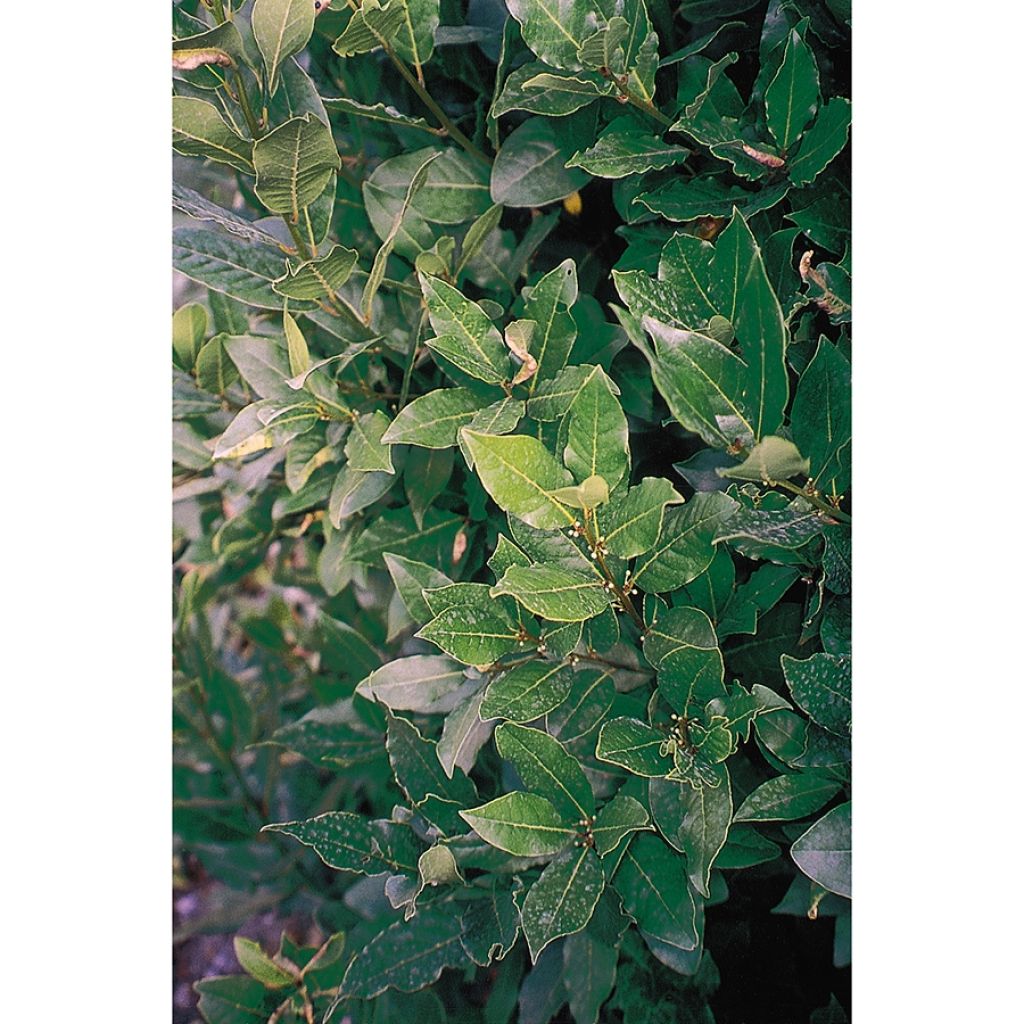

Laurier sauce De Jerusalem BIO - Laurus nobilis
Laurus nobilis Jerusalem - Bay Laurel
Laurus nobilis De Jerusalem
Bay Laurel, Bay Tree, Sweet Bay
Order in the next for dispatch today!
Dispatch by letter from 3,90 €.
Delivery charge from 5,90 € Oversize package delivery charge from 6,90 €.
More information
This item is not available in your country.
Shipping country:
 Andorra
Andorra Austria
Austria Belgium
Belgium Bulgaria
Bulgaria Croatia
Croatia Czechia
Czechia Denmark
Denmark Estonia
Estonia Finland
Finland France
France Germany
Germany Greece
Greece Hungary
Hungary Iceland
Iceland Ireland
Ireland Italy
Italy Latvia
Latvia Lithuania
Lithuania Luxembourg
Luxembourg Monaco
Monaco Netherlands
Netherlands Poland
Poland Portugal
Portugal Romania
Romania Slovakia
Slovakia Slovenia
Slovenia Spain
Spain Sweden
Sweden Switzerland
SwitzerlandSelect delivery date,
and select date in basket
This plant carries a 6 months recovery warranty
More information
We guarantee the quality of our plants for a full growing cycle, and will replace at our expense any plant that fails to recover under normal climatic and planting conditions.
From 5,90 € for pickup delivery and 6,90 € for home delivery
Express home delivery from 8,90 €.
Description
The Jerusalem Bay Leaf is a selection of Laurus nobilis interesting for its faster growth, a major asset for hurried gardeners or for those who grow the plant in a pot. It is an attractive bush with evergreen foliage, remarkably aromatic. Its leaves, combined with thyme, rosemary and parsley, will form an ideal bouquet garni to flavour simmered dishes and sauces. Plant in spring or autumn, harvest the leaves all year round.
The Bay Laurel bush, originally from the Mediterranean rim, was a symbol of victory in ancient times. Its lanceolate, evergreen leaves contain an essential oil with a characteristic aroma. Like its wild ancestor, the Jerusalem Bay is hardy down to -10°C. It grows more rapidly, however, allowing leaf harvest from the second or third year of cultivation. Can be planted as a standalone shrub or in a hedge, and also cultivated in a vegetable or ornamental garden or even in a large pot. Allow room, because it will quickly take up space. If not pruned, it can reach 8 m (26 ft) in height and 2.50 m (8 ft) in width in open ground. Although not essential, pruning the bay laurel will control its height and can give it a decorative shape. The bay leaf blooms in spring, in the form of small cream-coloured flowers. There are male and female subjects in the bay leaf. Only the latter bear berries, in the presence of a male subject. These berries are used in the manufacture of Aleppo soap.
The Jerusalem Laurel is adapted to summer drought: once well rooted, it can go without watering even in hot regions. Plant it in loose and deep soil, in the sun or partial shade.
Unlike the oleander and cherry laurel, the leaves of the bay leaf are edible. Used alone or in a bouquet garni, combined with thyme, parsley and rosemary, bay leaves flavour simmered dishes, sauces, marinades and court-bouillons. They are also used in infusion.
Harvest: pick the leaves all year round, as and when needed. However, avoid the flowering period which makes the leaves more bitter.
Preservation: the leaves are best consumed freshly picked to fully enjoy their flavour. However you can dry them, by hanging a bouquet of stems upside down in a dry and airy place. Then store them in a container protected from light and moisture.
A little gardener's tip: To retain moisture in summer and protect from cold in winter, we advise mulching the soil with successive thin layers of clippings, if possible mixed with dead leaves. This protection keeps moisture in the soil and also reduces weeding.
Harvest
Plant habit
Foliage
Planting and care
The Jerusalem Bay Laurel prefers deep, soft soil and full sun or possibly partial shade. Alkaline soils do not bother it. It appreciates a sheltered site. Planting the young shrub out in the spring or in autumn (in a mild climate). A few months before planting, work the soil and add well-rotted compost.
At planting loosen the soil, going down deep. If your soil is wet, add sand. Soak the root ball in water for 1/2 hour before planting. Dig a hole (3 times the volume of the root ball), place the root ball inside and cover with fine soil. Press down well and water generously. Install a stake during the first two years of growth. During cultivation, only water in case of drought. Add compost to the soil surface every year, in the spring. Cut off flowers to avoid spontaneous sowing.
Pruning is not essential but is sometimes necessary, depending on its location in the garden. The laurel can also be trained with topiary, to give it a decorative shape. Pruning takes place after flowering in the spring, and if necessary in the autumn. It is also possible to cut back the bay laurel completely, to 20 cm (8 in) from the soil, especially in case of more severe frosts.
Bay Laurel can be cultivated in a pot. Place a layer of gravel at the bottom of the pot to facilitate drainage. Fill with potting soil, leaving a hole for the root ball, and cover with soil. Water regularly, without leaving it in standing water. Plan to repot every 2 to 3 years.
Cultivation
Care
Intended location
This item has not been reviewed yet - be the first to leave a review about it.
Herbs
Haven't found what you were looking for?
Hardiness is the lowest winter temperature a plant can endure without suffering serious damage or even dying. However, hardiness is affected by location (a sheltered area, such as a patio), protection (winter cover) and soil type (hardiness is improved by well-drained soil).

Photo Sharing Terms & Conditions
In order to encourage gardeners to interact and share their experiences, Promesse de fleurs offers various media enabling content to be uploaded onto its Site - in particular via the ‘Photo sharing’ module.
The User agrees to refrain from:
- Posting any content that is illegal, prejudicial, insulting, racist, inciteful to hatred, revisionist, contrary to public decency, that infringes on privacy or on the privacy rights of third parties, in particular the publicity rights of persons and goods, intellectual property rights, or the right to privacy.
- Submitting content on behalf of a third party;
- Impersonate the identity of a third party and/or publish any personal information about a third party;
In general, the User undertakes to refrain from any unethical behaviour.
All Content (in particular text, comments, files, images, photos, videos, creative works, etc.), which may be subject to property or intellectual property rights, image or other private rights, shall remain the property of the User, subject to the limited rights granted by the terms of the licence granted by Promesse de fleurs as stated below. Users are at liberty to publish or not to publish such Content on the Site, notably via the ‘Photo Sharing’ facility, and accept that this Content shall be made public and freely accessible, notably on the Internet.
Users further acknowledge, undertake to have ,and guarantee that they hold all necessary rights and permissions to publish such material on the Site, in particular with regard to the legislation in force pertaining to any privacy, property, intellectual property, image, or contractual rights, or rights of any other nature. By publishing such Content on the Site, Users acknowledge accepting full liability as publishers of the Content within the meaning of the law, and grant Promesse de fleurs, free of charge, an inclusive, worldwide licence for the said Content for the entire duration of its publication, including all reproduction, representation, up/downloading, displaying, performing, transmission, and storage rights.
Users also grant permission for their name to be linked to the Content and accept that this link may not always be made available.
By engaging in posting material, Users consent to their Content becoming automatically accessible on the Internet, in particular on other sites and/or blogs and/or web pages of the Promesse de fleurs site, including in particular social pages and the Promesse de fleurs catalogue.
Users may secure the removal of entrusted content free of charge by issuing a simple request via our contact form.
The flowering period indicated on our website applies to countries and regions located in USDA zone 8 (France, the United Kingdom, Ireland, the Netherlands, etc.)
It will vary according to where you live:
- In zones 9 to 10 (Italy, Spain, Greece, etc.), flowering will occur about 2 to 4 weeks earlier.
- In zones 6 to 7 (Germany, Poland, Slovenia, and lower mountainous regions), flowering will be delayed by 2 to 3 weeks.
- In zone 5 (Central Europe, Scandinavia), blooming will be delayed by 3 to 5 weeks.
In temperate climates, pruning of spring-flowering shrubs (forsythia, spireas, etc.) should be done just after flowering.
Pruning of summer-flowering shrubs (Indian Lilac, Perovskia, etc.) can be done in winter or spring.
In cold regions as well as with frost-sensitive plants, avoid pruning too early when severe frosts may still occur.
The planting period indicated on our website applies to countries and regions located in USDA zone 8 (France, United Kingdom, Ireland, Netherlands).
It will vary according to where you live:
- In Mediterranean zones (Marseille, Madrid, Milan, etc.), autumn and winter are the best planting periods.
- In continental zones (Strasbourg, Munich, Vienna, etc.), delay planting by 2 to 3 weeks in spring and bring it forward by 2 to 4 weeks in autumn.
- In mountainous regions (the Alps, Pyrenees, Carpathians, etc.), it is best to plant in late spring (May-June) or late summer (August-September).
The harvesting period indicated on our website applies to countries and regions in USDA zone 8 (France, England, Ireland, the Netherlands).
In colder areas (Scandinavia, Poland, Austria...) fruit and vegetable harvests are likely to be delayed by 3-4 weeks.
In warmer areas (Italy, Spain, Greece, etc.), harvesting will probably take place earlier, depending on weather conditions.
The sowing periods indicated on our website apply to countries and regions within USDA Zone 8 (France, UK, Ireland, Netherlands).
In colder areas (Scandinavia, Poland, Austria...), delay any outdoor sowing by 3-4 weeks, or sow under glass.
In warmer climes (Italy, Spain, Greece, etc.), bring outdoor sowing forward by a few weeks.
